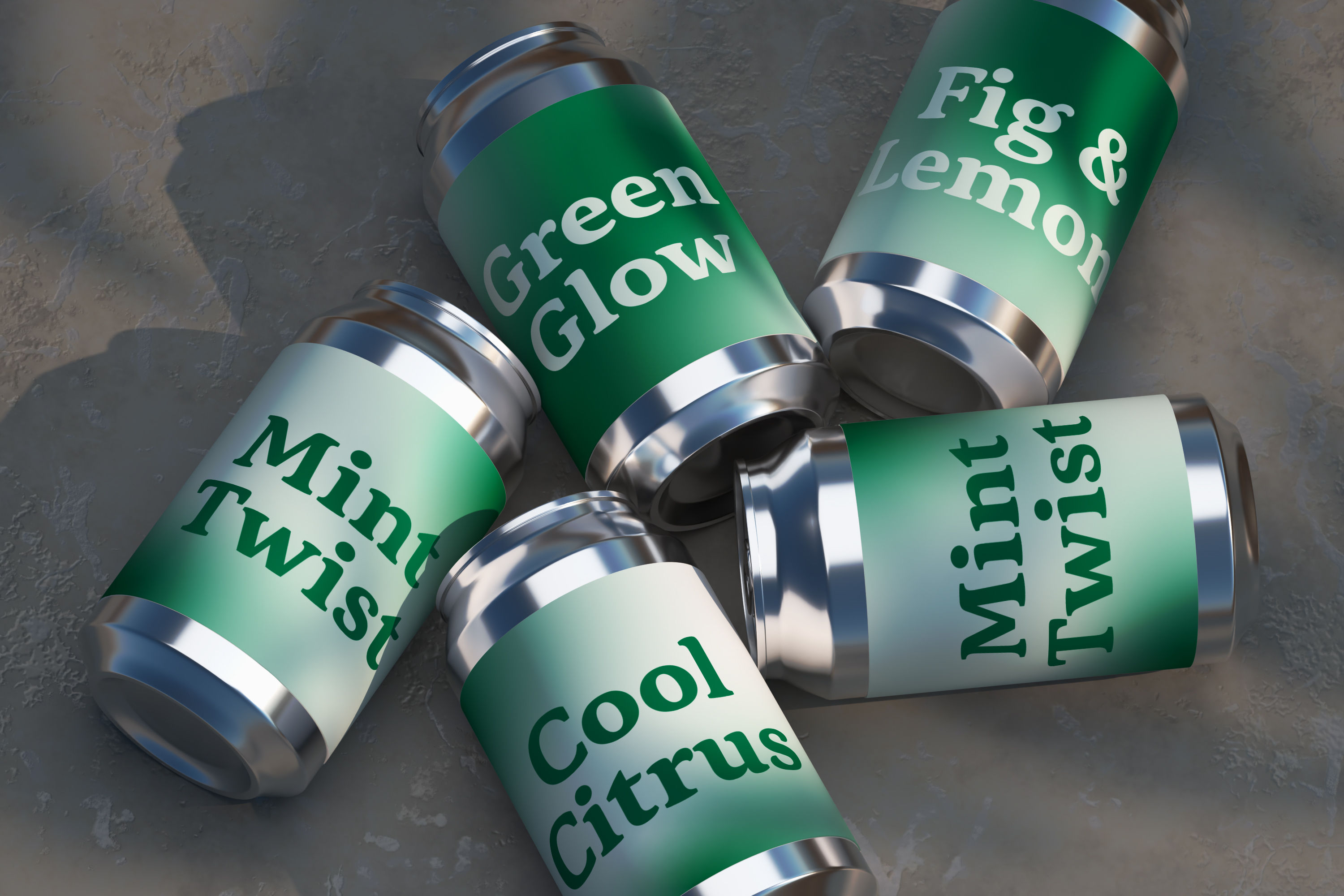Fiction
About
The average density of Ganymede, 1.936 g/cm3 (a bit greater than Callisto's), suggests a composition of about equal parts rocky material and mostly water ices. Some of the water is liquid, forming an underground ocean.
The mass fraction of ices is between 46 and 50 percent, which is slightly lower than that in Callisto. Some additional volatile ices such as ammonia may also be present. The exact composition of Ganymede's rock is not known, but is probably close to the composition of L/LL type ordinary chondrites, which are characterized by less total iron, less metallic iron and more iron oxide than H chondrites.
The weight ratio of iron to silicon ranges between 1.05 and 1.27 in Ganymede, whereas the solar ratio is around 1.8.

Overview
Black
ISO 3166–1 ALPHA–3
Le Parrain, 2e partie
Le Parrain, 2e partie
Bold
STAR WARS REBELS
Anton Maria Zanetti
Anton Maria Zanetti
SemiBold
AMERICAN BEAUTY
Mercedes-Benz W123
Mercedes-Benz W123
Medium
HOTEL CALIFORNIA
Eerste Bulgaarse Rijk
Eerste Bulgaarse Rijk
Regular
LANGUAGE ISOLATE
Bietigheim-Bissingen
Bietigheim-Bissingen
Book
TEOREMA DEL SENO
Miracle on 34th Street
Miracle on 34th Street
Variable Axes
Lion’s Mane
Mushroom
Mushroom
There is no doubt Fiction makes a better job of the truth.
There is no doubt Fiction makes a better job of the truth.
There is no doubt Fiction makes a better job of the truth.
There is no doubt Fiction makes a better job of the truth.
There is no doubt Fiction makes a better job of the truth.
There is no doubt Fiction makes a better job of the truth.
Overview




Book
ANDROMEDA
Anne McLaren
Anne McLaren
Black
BODYGUARD
Love Actually
Love Actually
Regular
MARCO POLO
David Helfgott
David Helfgott
Bold
STOCKHOLM
Blade Runner
Blade Runner
Medium
CÉNOZOÏQUE
True Romance
True Romance
SemiBold
EARTHINESS
Paradise Road
Paradise Road
SemiBold
WINDOWS 10
Bill Skarsgård
Bill Skarsgård
Medium
GERMANIUM
Diseño gráfico
Diseño gráfico
Bold
DUCATI BRIO
LeBron James
LeBron James
Regular
PHENOMENA
Apollo e Dafne
Apollo e Dafne
Black
MEDITATIVE
Toyota 4A-GE
Toyota 4A-GE
Book
WITCHCRAFT
Diamond Dogs
Diamond Dogs

Selected Glyphs
aaaaaa
бббббб
čččččč
dddddd
ëëëëëë
йййййй
вввввв
hhhhhh
нннннн
чччччч
kkkkkk
лллллл
nnnnnn
öööööö
gggggg
дддддд
rrrrrr
śśśśśś
tttttt
űűűűűű
vvvvvv
xxxxxx
yyyyyy
zzzzzz
Book
SemiBold
Regular
Bold
Medium
Black
Book
SemiBold
Regular
Bold
Medium
Black




Stylistic Sets
Default Cyrillic
Митология
Фантазията
Поетически
Аристократ
Книжарница
Нeвероятен
Литература
Илюстрация
Фантазията
Поетически
Аристократ
Книжарница
Нeвероятен
Литература
Илюстрация
Bulgarian Cyrillic SS01
Митология
Фантазията
Поетически
Аристократ
Книжарница
Нeвероятен
Литература
Илюстрация
Фантазията
Поетически
Аристократ
Книжарница
Нeвероятен
Литература
Илюстрация